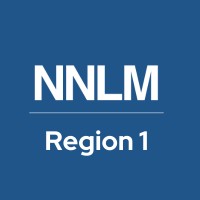
Network of the National Library of Medicine (NNLM) Region 1
The Health Sciences and Human Services Library at the University of Maryland, Baltimore serves as the Regional Medical Library (RML) for Region 1, which provides programs, services, and dedicated support for NNLM Members in Delaware, Kentucky, Maryland, New Jersey, North Carolina, Pennsylvania, Virginia, West Virginia, and the District of Columbia.






